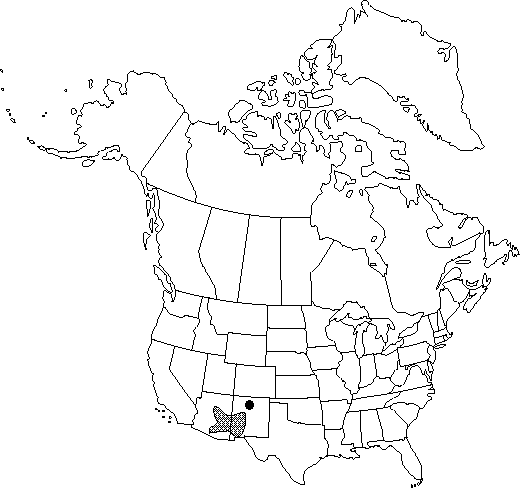Alnus oblongifolia
in W. H. Emory, Rep. U.S. Mex. Bound. 2: 204. 1859.
Trees, to 30 m; trunks often several, crowns spreading. Bark dark gray, smooth, becoming blackish and breaking into shallow vertical plates in age; lenticels inconspicuous. Winter buds stipitate, ovoid, 4–8 mm, apex rounded; stalks 1.5–4 mm; scales 2, equal, valvate, sometimes incompletely covering underlying leaves, moderately resin-coated. Leaf-blade narrowly ovate or lanceolate to narrowly elliptic, 5–9 × 3–6 cm, leathery, base narrowly to broadly cuneate or narrowly rounded, margins flat, sharply and coarsely doubly serrate, rarely evenly and densely short-serrate, major teeth sharp, acuminate, secondary teeth distinctly larger, apex long to short-acuminate, rarely acute; surfaces abaxially glabrous to sparsely pubescent or infrequently villous, moderately resin-coated. Inflorescences formed season before flowering and exposed during winter; staminate catkins in 1 or more clusters of 3–6, 3.5–10 cm; pistillate catkins in 1 or more clusters of 2–7. Flowering before new growth in spring. Infructescences ovoid, ellipsoid, or nearly cylindric, 1–2.5 × 0.8–1.5 cm; peduncles 5–10 mm. Samaras elliptic to obovate, wings narrower than body, irregular in shape, leathery.
Phenology: Flowering early spring.
Habitat: Sandy or rocky stream banks and moist slopes, often in mountain canyons
Elevation: 1000–2300 m
Distribution

Ariz., N.Mex., Mexico (n Chihuahua and n Sonora)
Discussion
Alnus oblongifolia is closely related to the Mexican and Central American A. acuminata, with which it has sometimes been confused. It is found only in scattered populations in the temperate deciduous forest vegetation zone of high mountains in the arid Southwest.
Selected References
None.